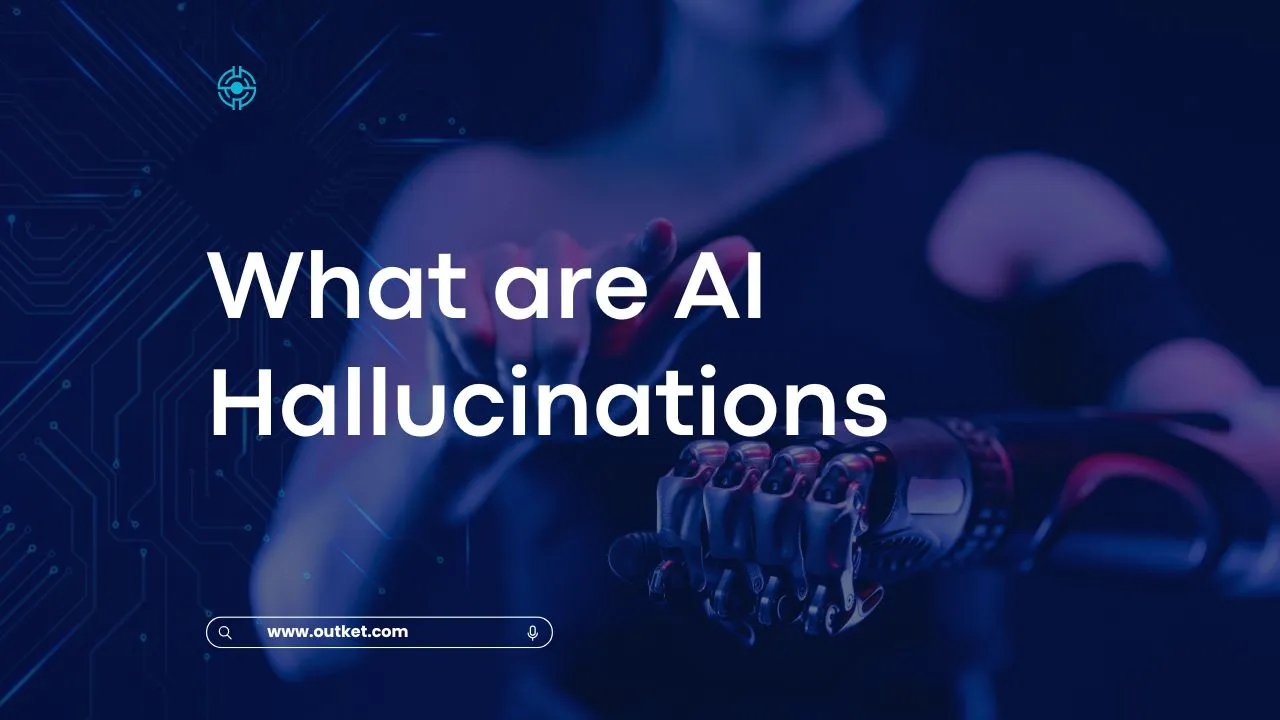An AI hallucination happens when an AI makes up false or misleading information but acts like it’s true. These mistakes can be hard to notice because the AI’s sentences usually sound smooth and confident, even though they are wrong.
What are AI Hallucinations:
An AI hallucination happens when an AI system makes up information that isn’t true but acts like it is. This occurs because the data and algorithms used to train the AI have limitations or biases.
These errors can lead to the AI producing not only incorrect but also potentially harmful content.
AI hallucinations happen when the AI starts making things up because it’s trying too hard to make you happy.
Example of AI Hallucinations:
There are many examples of AI making mistakes, but one big example happened in a video from Google in February 2023. In the video, Google’s AI chatbot Bard wrongly said that the James Webb Space Telescope took the first picture of a planet outside our solar system.
Another example happened in February 2023 when Microsoft showed off its Bing AI. Bing looked at a financial report from Gap and gave wrong information about the facts and numbers.
These examples show that we can’t always trust chatbots to give us the right information. But the problems with AI making mistakes are even bigger than just spreading wrong information.
According to research by Vulcan Cyber, ChatGPT can create fake website links, references, and code libraries. It might even suggest dangerous software to users who don’t know better.
Because of this, companies and people using AI tools need to be careful and always check to make sure the information is correct.
Also Checkout: Best AI Tools For Students 2024
What Are The Dangers of AI Hallucinations:
One big danger of AI making mistakes is if people trust the AI’s answers too much.
Some people, like Microsoft’s CEO Satya Nadella, say that AI systems like Microsoft Copilot can still be useful even if they make mistakes. But if no one checks these systems, they can spread wrong information and hateful content.
It’s hard to deal with false information from AI because it can create content that looks detailed and believable but is wrong. This can make people believe things that aren’t true.
If people believe everything AI says without checking, false information can spread all over the internet.
There is also a risk of legal problems. For example, if a company uses an AI service to talk to customers and gives advice that damages property or repeats offensive content, the company could face legal action.
How To Detect AI Hallucinations:
The best way to check if an AI system is giving wrong information (hallucinating) is for users to verify the facts with a third-party source manually.
This means comparing the AI’s output with information from news sites, industry reports, studies, and books using a search engine to see if it’s correct.
Manually checking facts is good for catching mistakes, but in a workplace setting, it might be too time-consuming and expensive to check everything.
So, it’s a good idea to use automated tools to check AI outputs. For example, Nvidia’s NeMo Guardrails can find errors by comparing the output of one AI model with another.
Got It AI has a tool called TruthChecker that uses AI to spot mistakes in content created by GPT-3.5+.
Companies using tools like NeMo Guardrails and TruthChecker should ensure these tools work well by testing them and checking if they effectively find misinformation. They should also assess the risks to avoid any potential issues.
Also Checkout: KundliGPT: The AI-Based Astrology Chatbot Explained
How To Make an AI Hallucinations:
AI hallucinations can cause big problems in real life. For example, if a healthcare AI wrongly thinks a harmless skin spot is cancerous, it could lead to unnecessary treatments. AI hallucinations can also spread false information.
If news bots make up unverified details about an emergency, they can quickly spread lies that harm efforts to manage the situation.
One major reason for AI hallucinations is input bias. This happens if the AI is trained on biased or unbalanced data, making it see patterns that reflect those biases.
AI models can also be tricked by adversarial attacks, where people intentionally tweak the input data to mess up the AI’s output. In image recognition, for example, adding a bit of special noise to an image can make the AI misidentify it.
This is a serious security issue, especially in cybersecurity and self-driving cars.
AI researchers are always working on ways to protect AI from these attacks. Techniques like adversarial training, where the AI learns from both normal and tricked examples, are helping improve security.
However, it’s still very important to be careful during training and fact-checking.
How To Prevent From AI Hallucinations:
AI can sometimes make mistakes and give wrong or misleading information. These mistakes are called “AI hallucinations.” Here are some ways to reduce these errors:
Use High-Quality Training Data:
Good data is the key to a smart AI. Make sure the data you use to train the AI is diverse, balanced, and well-organized. This helps the AI understand the world better and reduces bias.
Give Clear Instructions:
When you ask the AI something, be specific and detailed. Clear prompts leave less room for the AI to make things up.
Use Data Templates and Limits:
For certain jobs, using templates or setting restrictions on the data can help guide the AI to give more accurate answers.
Test Often and Have Human Review:
Regularly test your AI to find and fix problems. Also, having a human check the AI’s output can help catch mistakes before they become a problem.
Also Checkout: What is Vizard AI: A Brief Explaination

Hey, This Side Aditya Agrawal, and I am an AI Enthusiast, I love Artificial Intelligence (AI) related products, tools, services, and so many things.

